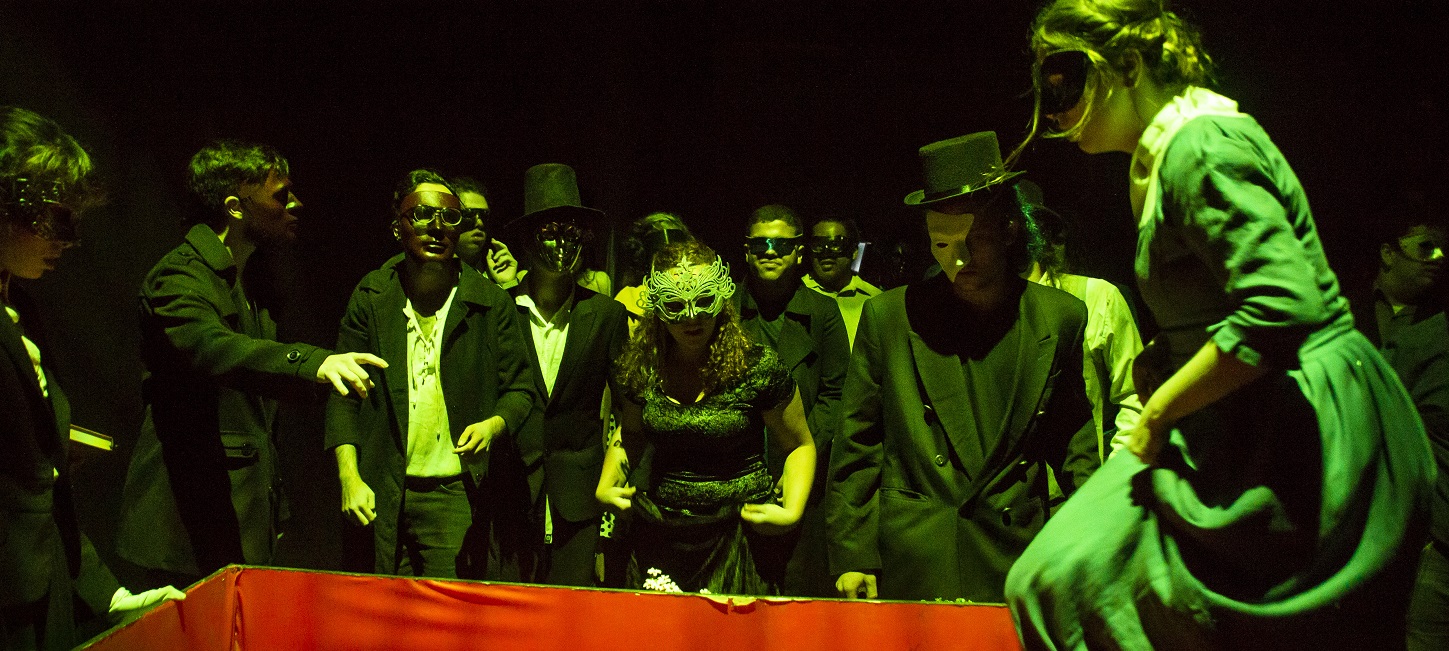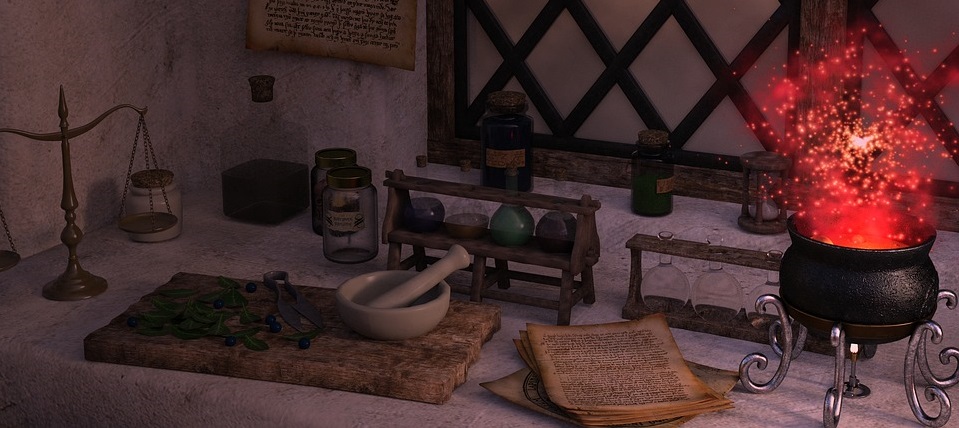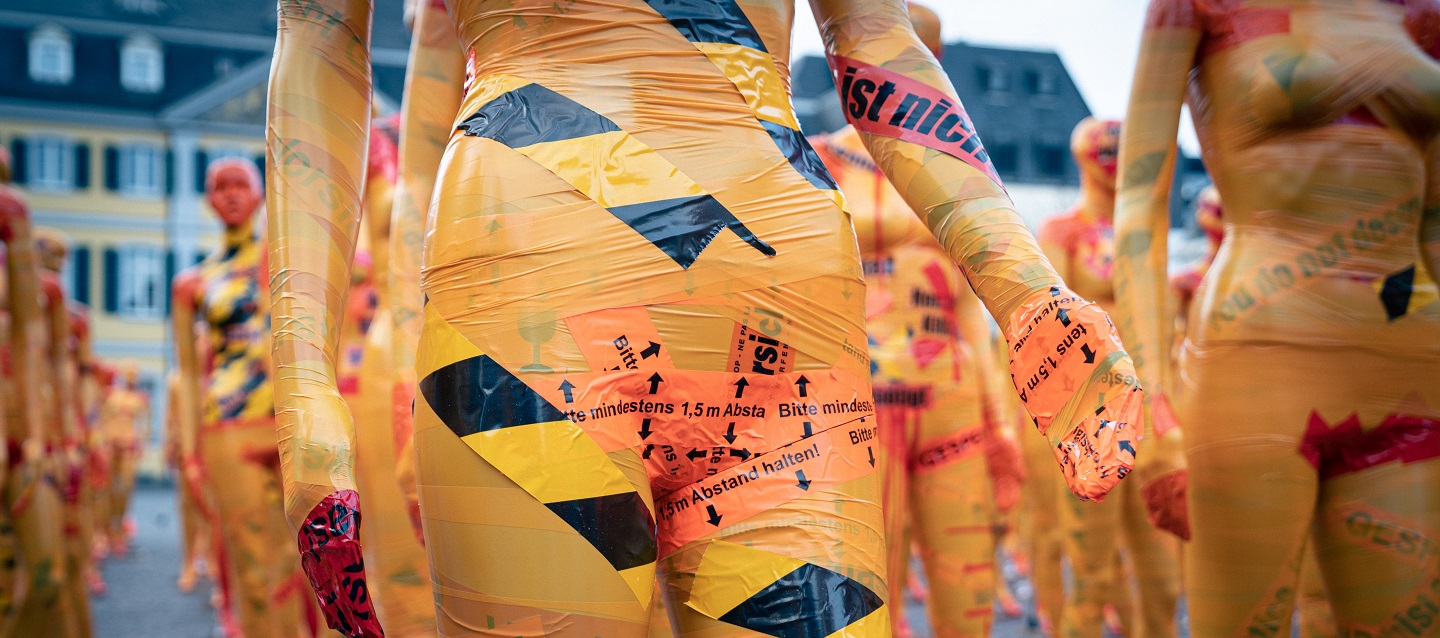Tag: community
-

Why I hate post-larp compliment threads
Compliment threads are a quite common phenomenon after a larp. So why does it always make me slightly uncomfortable and anxious?
-

Grief in Larp: Bleeding Through Two Lives
By weaving empathy, safety, and self-awareness into the fabric of larp, participants can transform grief from an overwhelming experience to an opportunity for collective healing and deeper connection, says Lyssa Greywood.
-

In the Limits Below the Line – An Interview with Brazilian Larpers
in
A discussion on in-game and off-game limitations with a diverse group of larpers, players, and designers from different regions in Brazil.
-

Readdressing Larp as Commodity: How Do We Define Value When the Customer Is Always Right?
in
In this article, the author returns to the topic of larp as a commodity, taking a look at it in a context that is defined by numerous crises.
-

Recipe for a Magical Larp Experience
in
Mix all the ingredients — diversity, dialogue, awareness, and more — in a venue of your choice. Enjoy your magical larp experience and remember to share with your co-players.
-

Grooming in the Larp Community
in
In this opinion piece Sanne Harder explores predatory behavior in larp communities. Content Advisory: Sexual abuse, mental health issues.
-

Why Larp Community Matters and How We Can Improve It
There are some activities that can, and as far as possible should, be taken by individuals to help improve the larp community as a whole.
-

The Paradox of Inclusivity
in
Trying to provide a clearer vision of what inclusivity does, and can, mean; as well as offer practical advice to help us build more inclusive communities.
